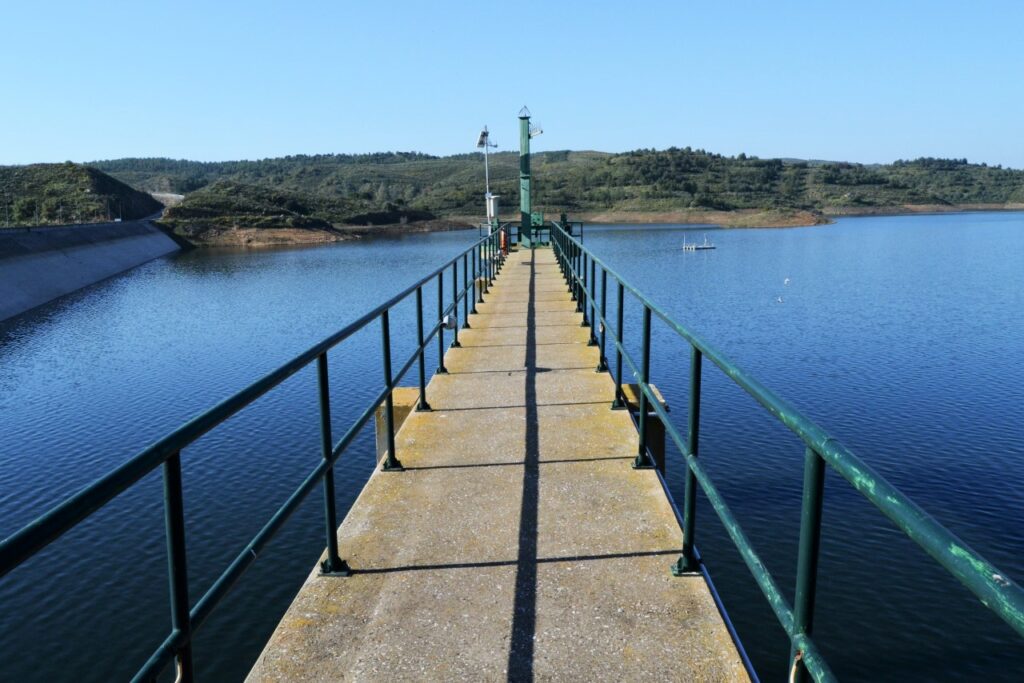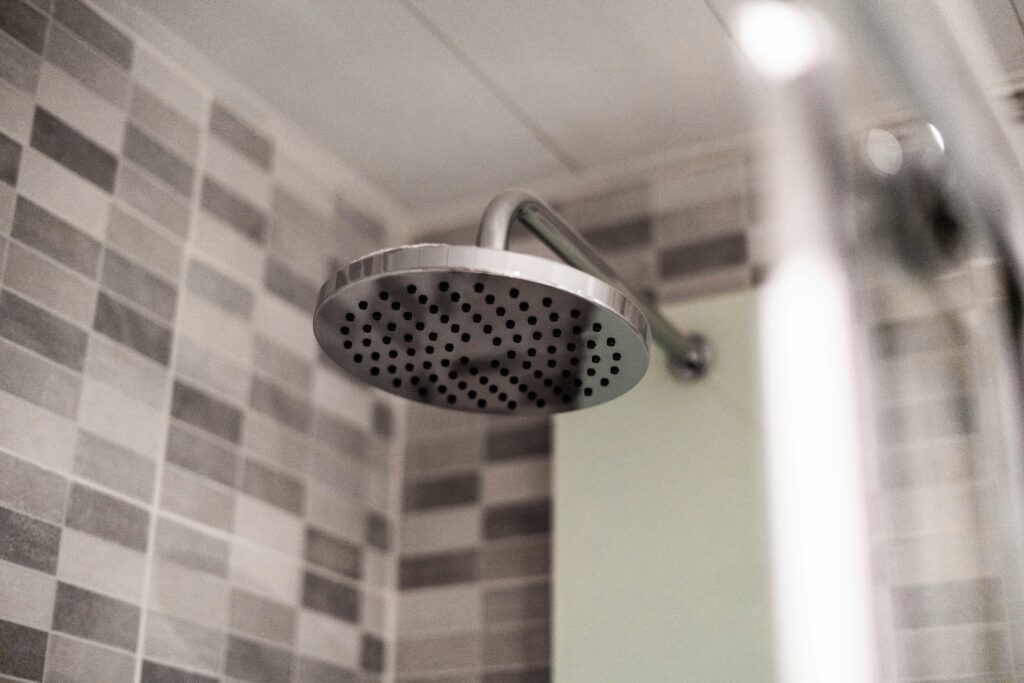The Algarve consumed less water last February, compared to the same month last year, with the reduction being more significant in the agricultural sector and golf, but also happening in the urban sector, although on a much smaller scale.
According to data from the Portuguese Environment Agency (APA), collected from the Algarve entities responsible for supplying low water (up to the consumer's doorstep), there was a total reduction of 0,5% in urban water consumption.
This is a reduction that falls well short of that required of Algarve municipalities by the Government, in the order of 15%.
The situation was very different in the agricultural sector and on golf courses, where water is mainly used for irrigation. In these two sectors there was a significant reduction of 69% in water consumption – despite the fact that this was not a demanding month in terms of irrigation needs.
This is a positive indicator, associated with real savings, but it is still a drop in the Algarve's water needs.
António Eusébio, president of Águas do Algarve, revealed a week ago, in Alcoutim, that the region had, on February 23, «water for 9 to 10 months», referring to the volume stored in the dams of the Algarve multi-municipal system – Odelouca , Odeleite and Beliche, as well as Funcho, in case of emergency, like the one we are currently experiencing.
Adding up the useful volume of these four dams, there were 83 cubic hectometers (hm3) stored on the surface, in addition to 14 hm3 that can be removed from underground aquifers and 1 hm3 of Water for Reuse, that is, treated sewage suitable for watering.
All in all, it gives about 98 hm3.
On the consumption side, per year, estimated expenditure amounts to 111 hm3 – 70 for public supply, 25 for agriculture, 4 for ecological flow and 12 for evapotranspiration.
And if, at the beginning of the year, the perspective is that there would only be water supply until the end of August, with the rain that has fallen since then, availability “stretched” until the end of the year.
With no prospect of abundant rain falling until summer, in the south of Portugal, saving is really a necessity, not just a choice.

Returning to APA data, after a 4,6% year-on-year increase in consumption was recorded in January – 200.000 cubic meters (m3) more – in the Algarve, 20.000 m3 less water was consumed in February in the region.
But there are very different realities.
On the side of good examples, Alcoutim stands out, with a 26,91% reduction in consumption, but also Castro Marim, where the decrease was 16,04%. Next are Silves (-9,14%), Vila do Bispo (-5,23%), Lagoa (-2,26%), Loulé (-0,49%) and Albufeira (-0,85%)
Who also got it reductions were made by municipal companies in the municipality of Loulé Infralobo (-20,07%), Inframoura (-11,97%) and Infraquinta (-17,18%).
With higher consumption are the municipalities of Aljezur (+4,19%), Lagos (+9,24%), Monchique (+18,36%) and São Brás de Alportel (+7,39%).
The increase was also seen in other municipal companies: Águas de Vila Real de Santo António (+9,98%), AmbiOlhão (+0,23%) EMARP, in Portimão (+1,79%), Fagar, in Faro (+5,73%) and Tavira Verde (+1,61%).
Later this month, a meeting should take place between the APA, the Regional Coordination and Development Commission (CCDR) and the Algarve Intermunicipal Community (AMAL) to monitor the application measures to mitigate the effects of drought and water scarcity.



















Comments